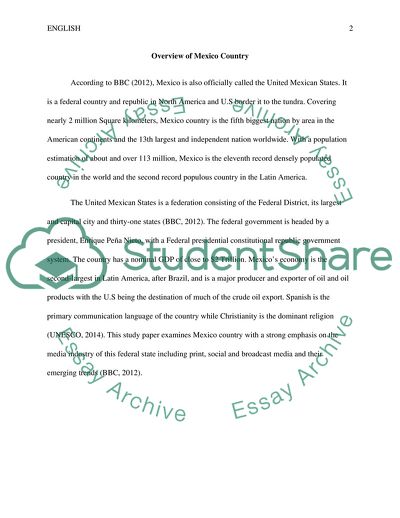Cite this document
(Overview of Mexico Country Case Study Example | Topics and Well Written Essays - 2250 words, n.d.)
Overview of Mexico Country Case Study Example | Topics and Well Written Essays - 2250 words. https://studentshare.org/media/1853648-mexico-country
Overview of Mexico Country Case Study Example | Topics and Well Written Essays - 2250 words. https://studentshare.org/media/1853648-mexico-country
(Overview of Mexico Country Case Study Example | Topics and Well Written Essays - 2250 Words)
Overview of Mexico Country Case Study Example | Topics and Well Written Essays - 2250 Words. https://studentshare.org/media/1853648-mexico-country.
Overview of Mexico Country Case Study Example | Topics and Well Written Essays - 2250 Words. https://studentshare.org/media/1853648-mexico-country.
“Overview of Mexico Country Case Study Example | Topics and Well Written Essays - 2250 Words”. https://studentshare.org/media/1853648-mexico-country.


